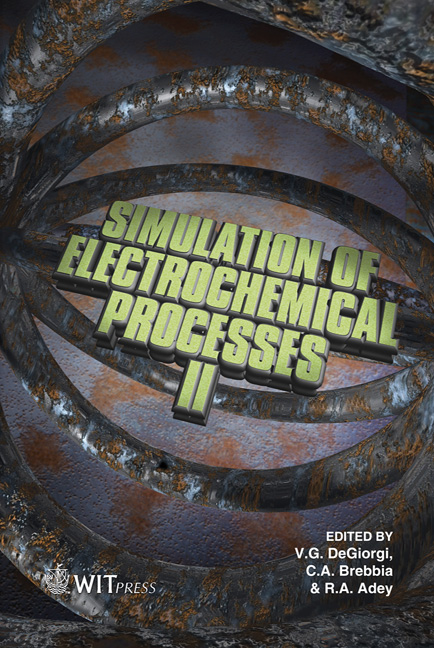Dipole Modelling And Sensor Design
Price
Free (open access)
Transaction
Volume
54
Pages
10
Published
2007
Size
774 kb
Paper DOI
10.2495/ECOR070141
Copyright
WIT Press
Author(s)
S. A. Wimmer, E. A. Hogan & V. G. DeGiorgi
Abstract
The truth values used for validation of computational models are measured values from either actual structures or experiments. The accuracy of computational models will depend on the accuracy in which key parameters can be measured. Therefore it is imperative that there is a clear understanding of what and how parameters are being measured. An incomplete understanding of the experimental process, including measurement sensors, will corrupt the computational model validation process. In this work computational modeling has been used to further the understanding and assist in the design of a sensor used to measure off-board electrical fields. Previously data from a series of dipole models was generated using NRL’s physical scale modeling experimental facility. Results were compared with both analytical and computational solutions. Variations were observed between results. Boundary element methods were used to extensively model tank geometry, water depth, sensor orientation and to some degree sensor geometry. It was determined that the sensor as designed was not adequate for the off-board electrical measurements required. In this work boundary element modeling is used to assist in the design of a new off-board electrical field sensor. Dipole models which consider the vertical and horizontal placement of half-cells on the sensor are used to quantify characteristics of the new sensor. Comparisons are provided between analytical, computational and measured results once the sensor design is finalized. Keywords: electrical dipole, electrical fields, boundary element modeling, impressed current cathodic protection, physical scale modeling. 1 Introduction The accepted process for validation of computational models is a detailed comparison of experimental and computational determined values. This
Keywords
electrical dipole, electrical fields, boundary element modeling, impressed current cathodic protection, physical scale modeling.





